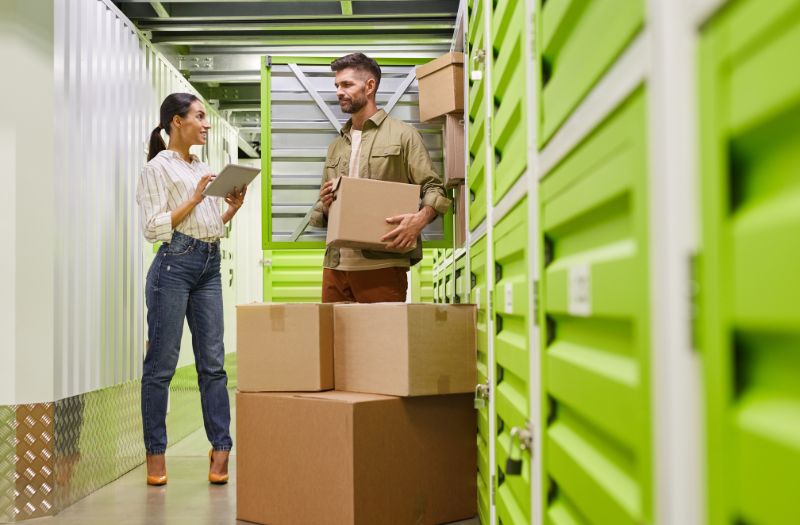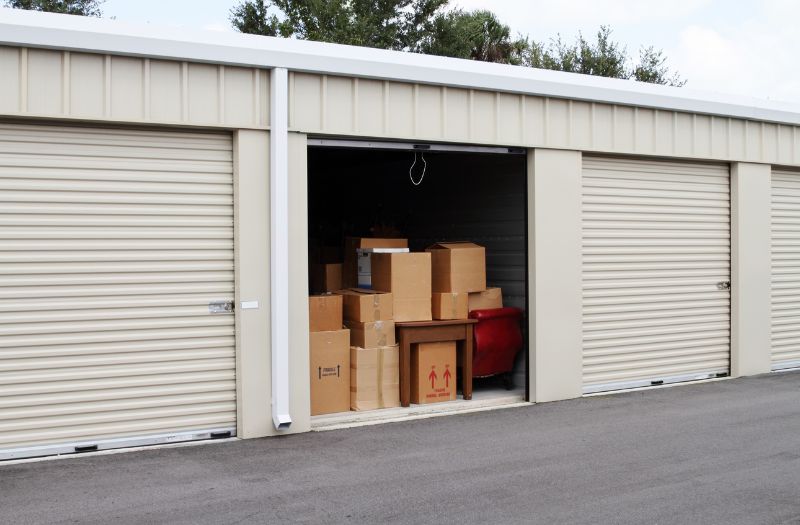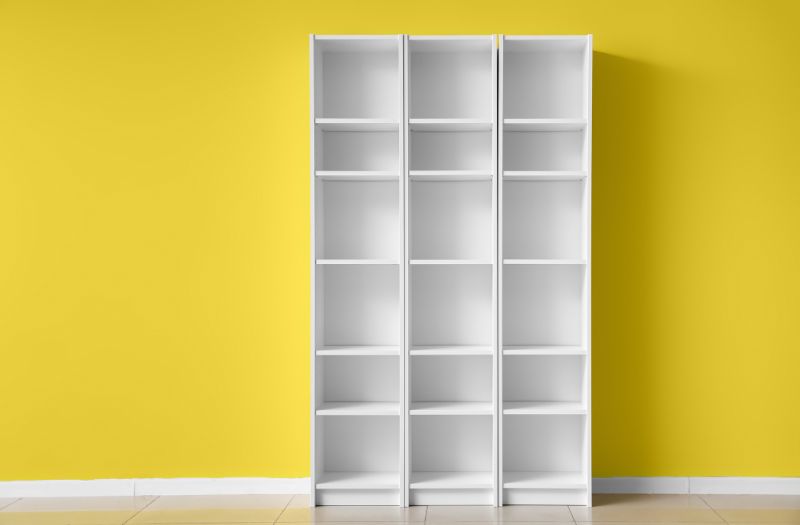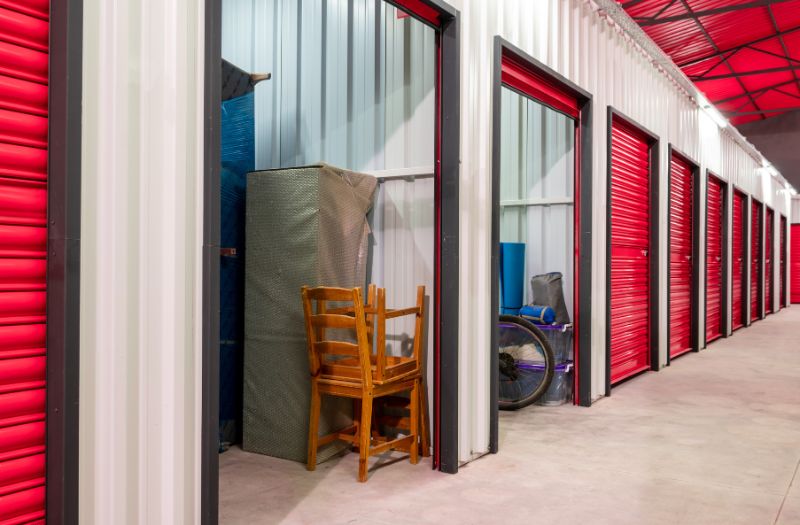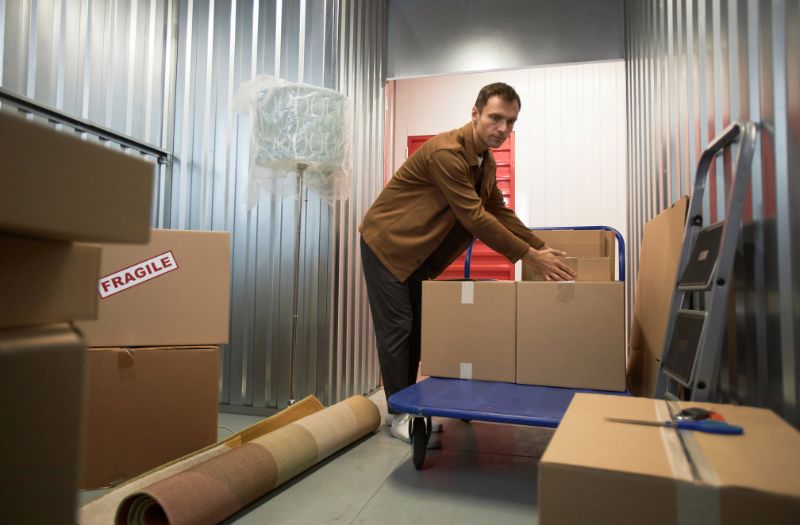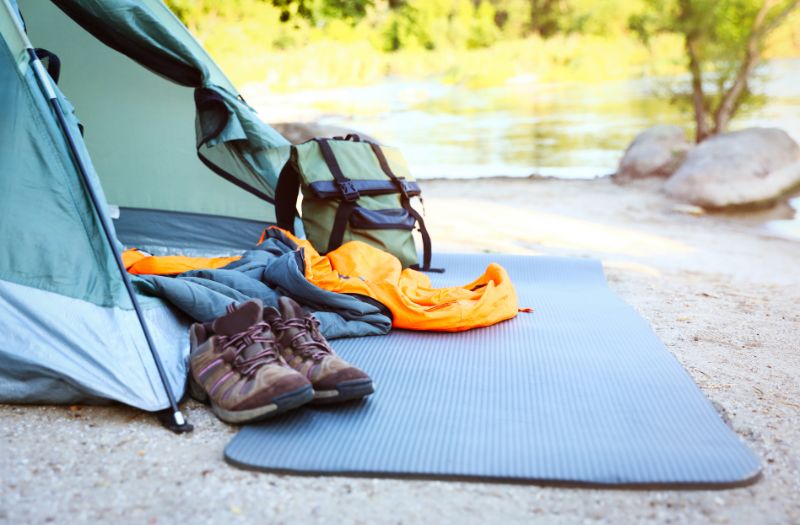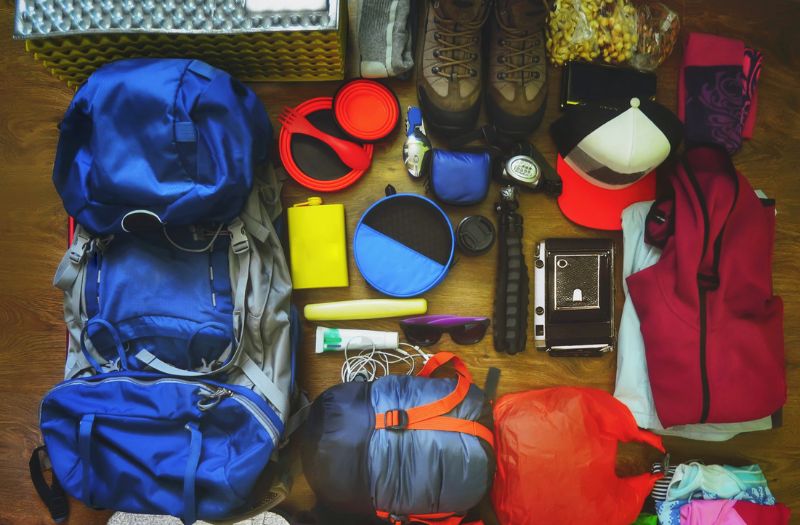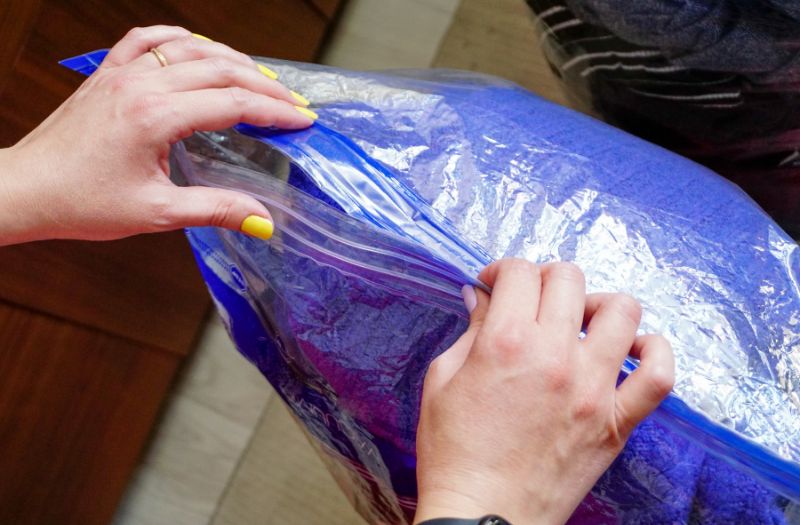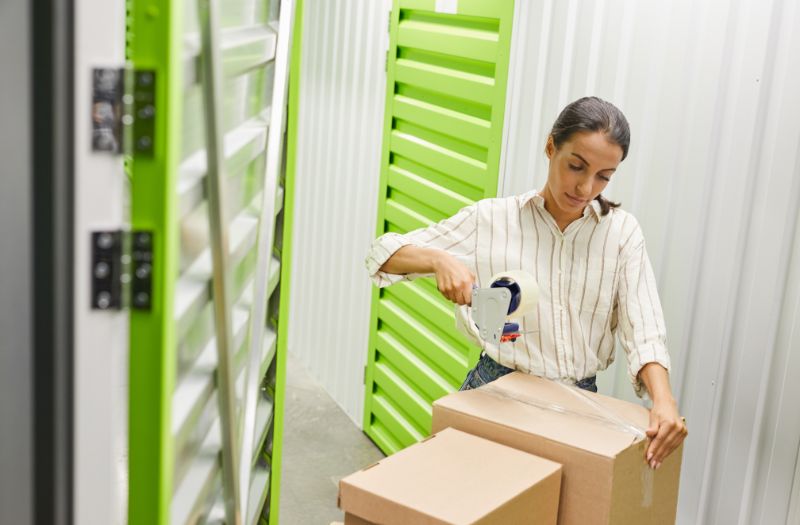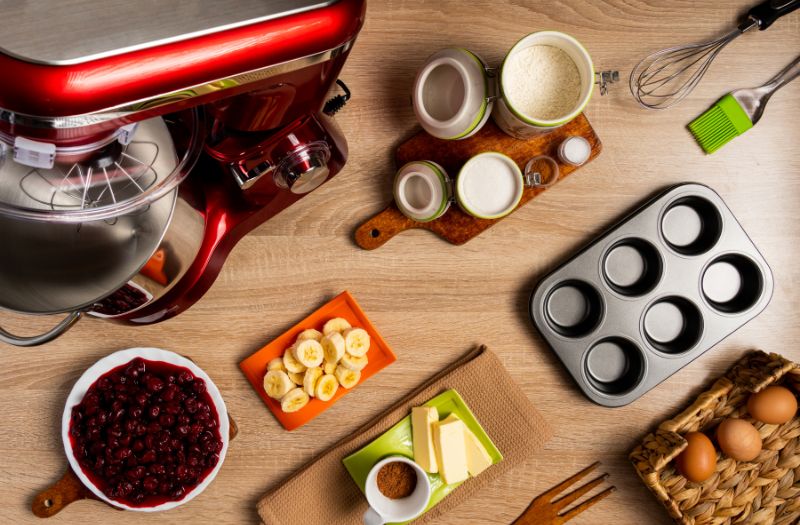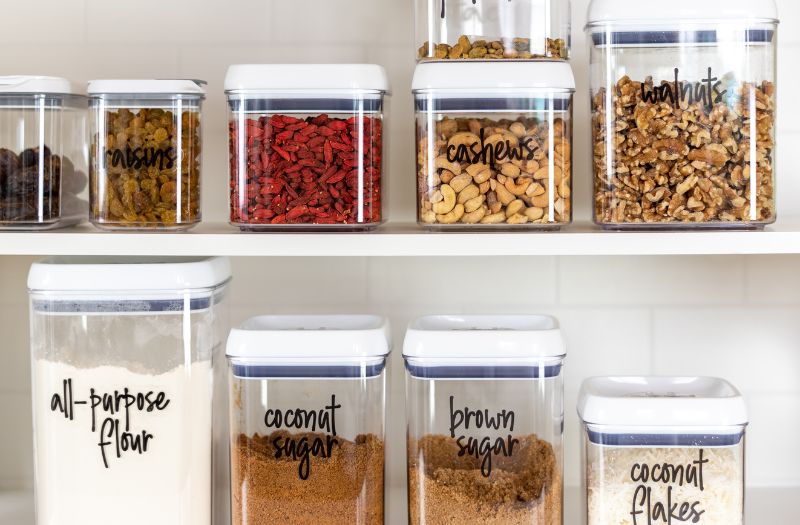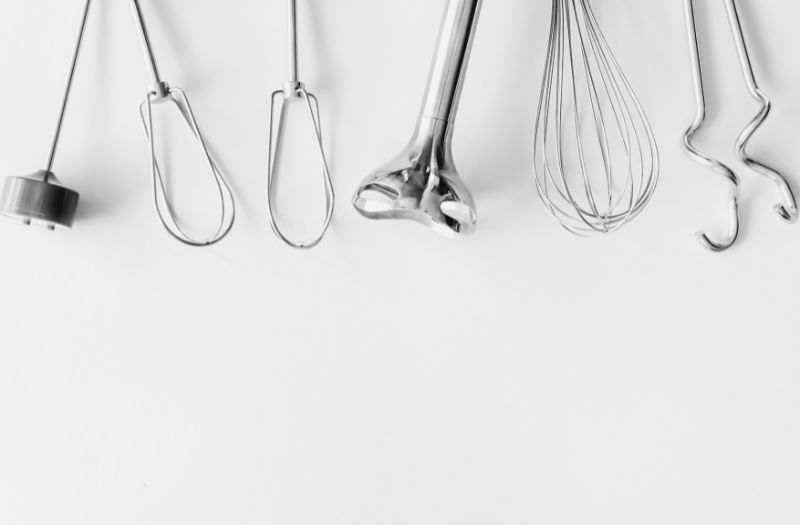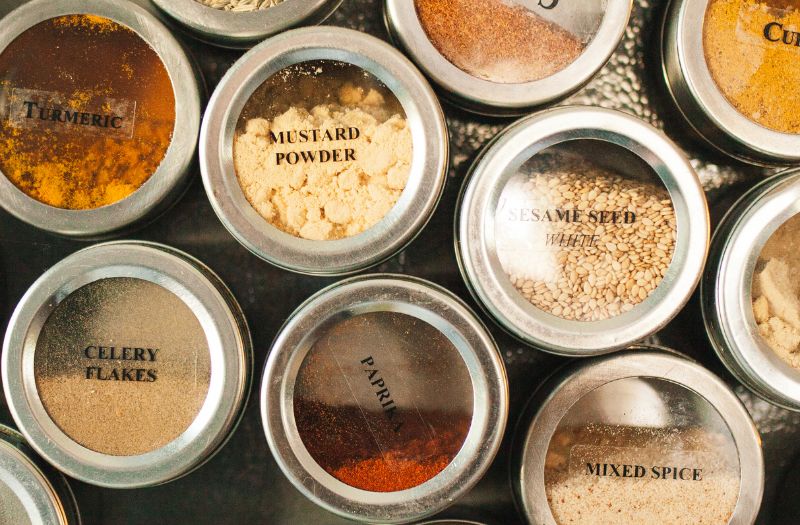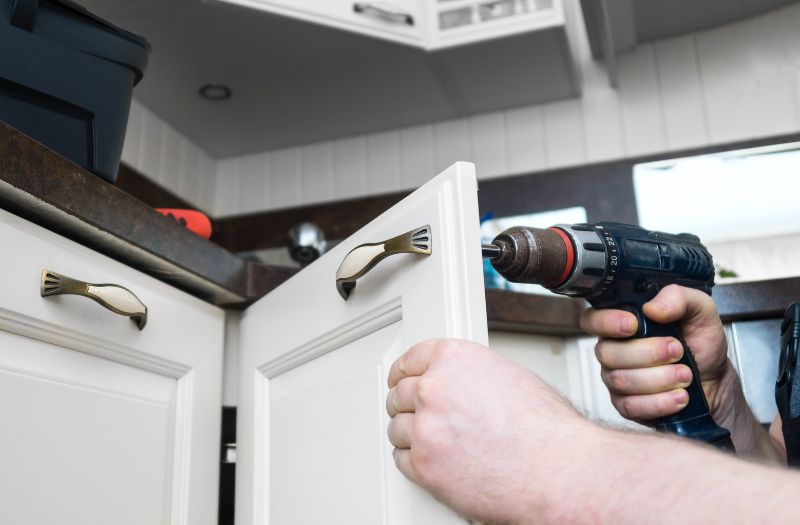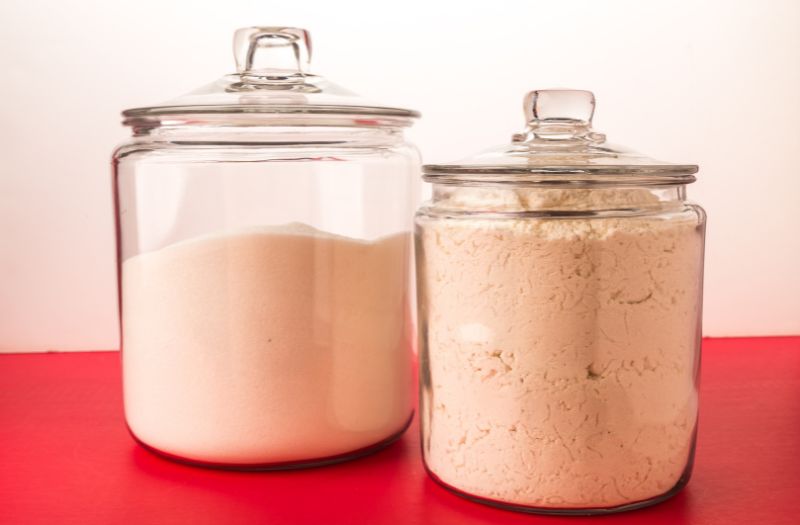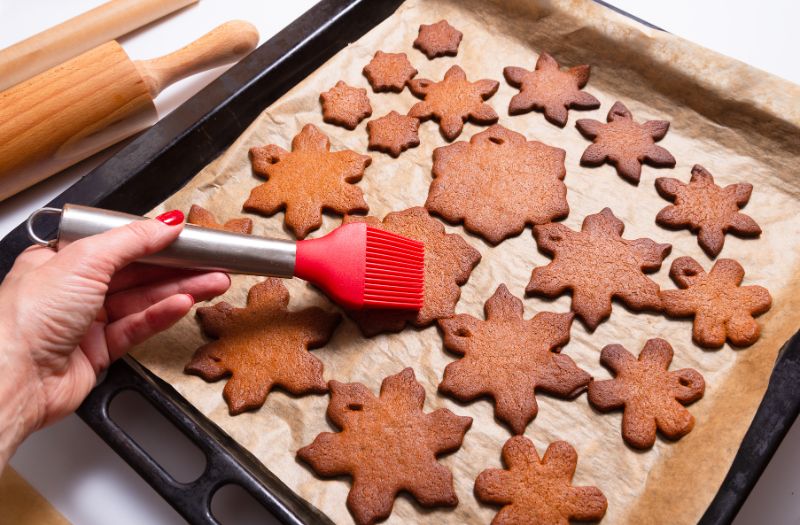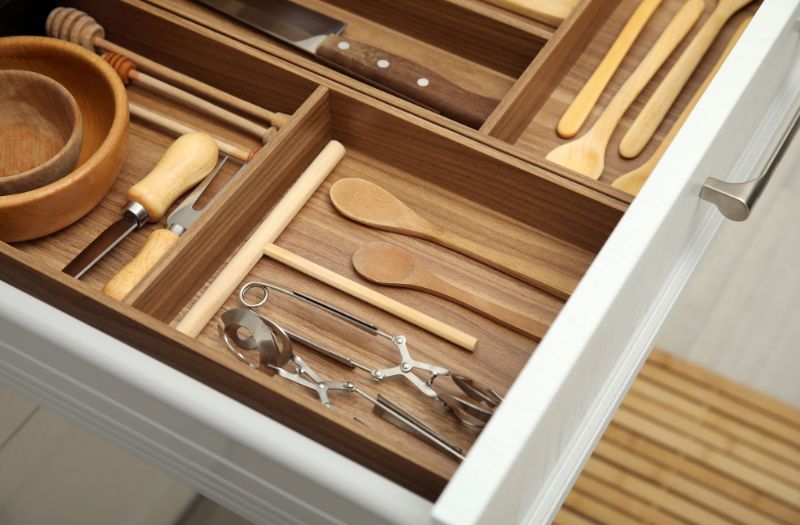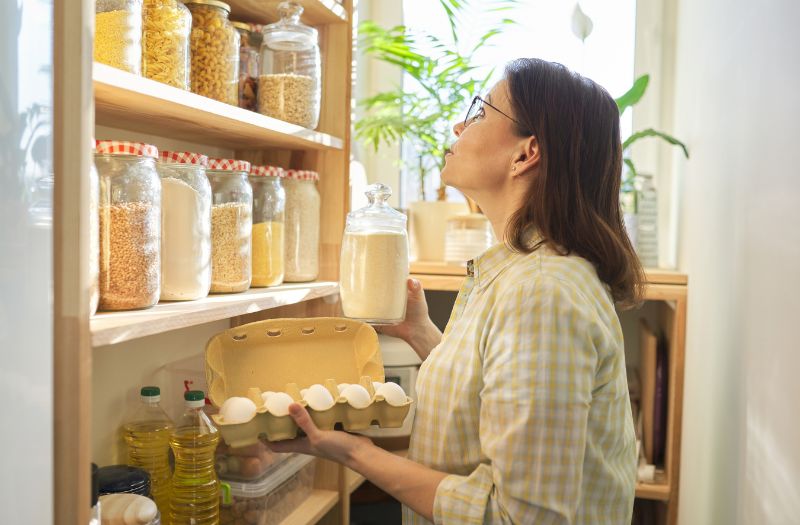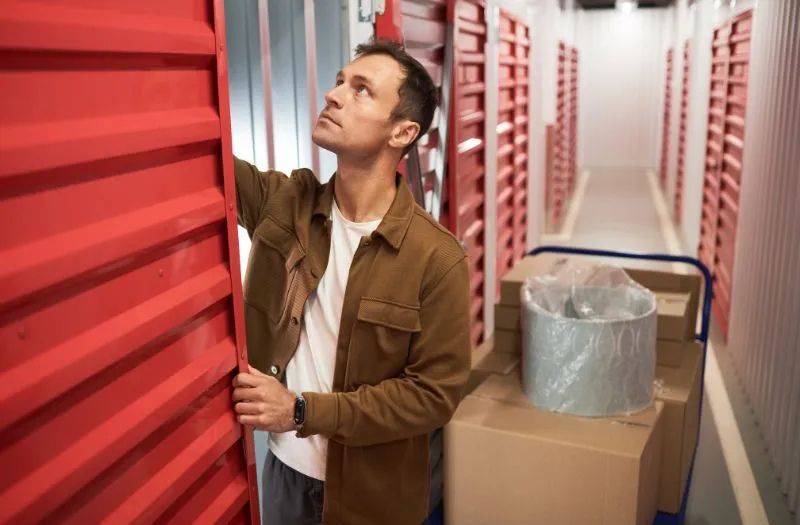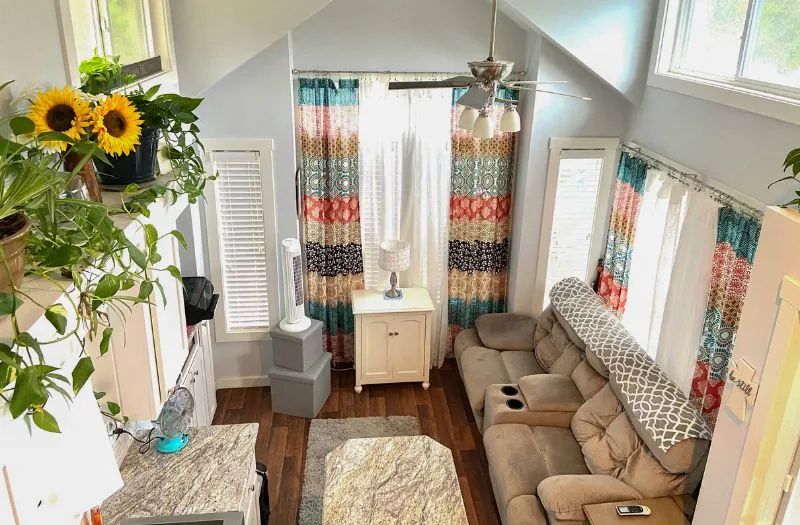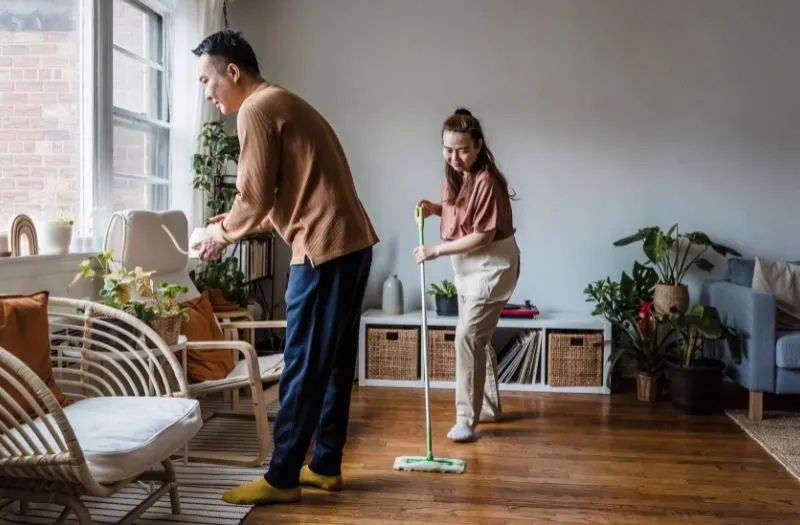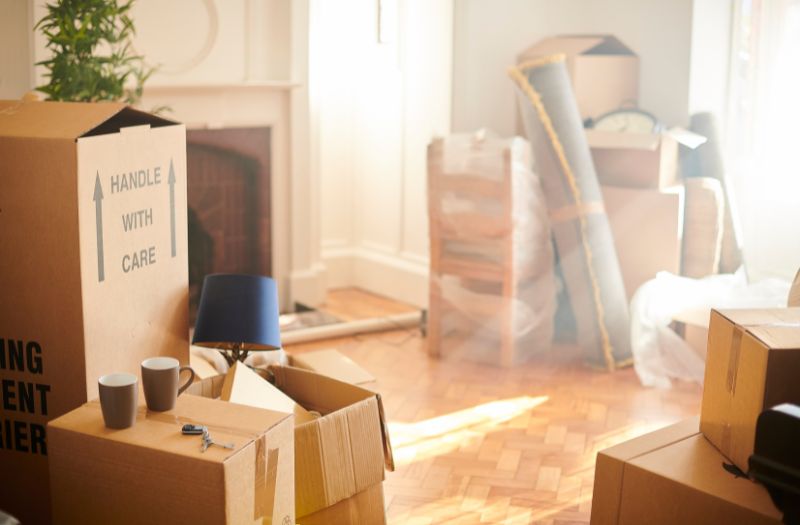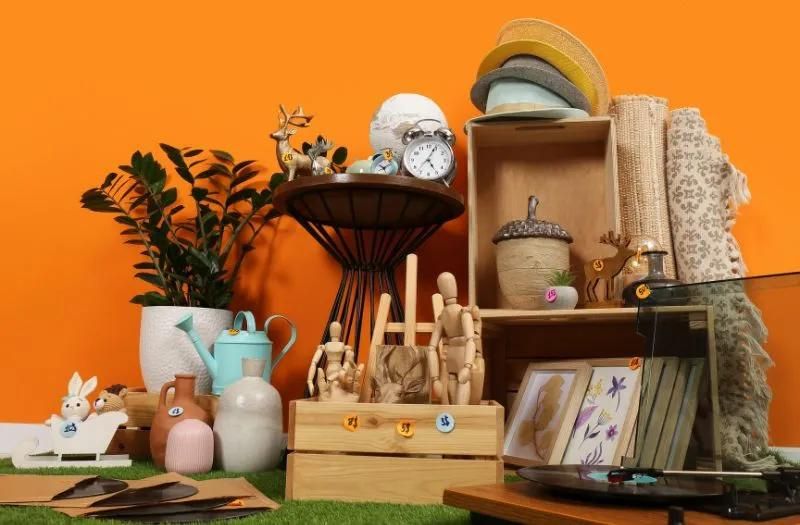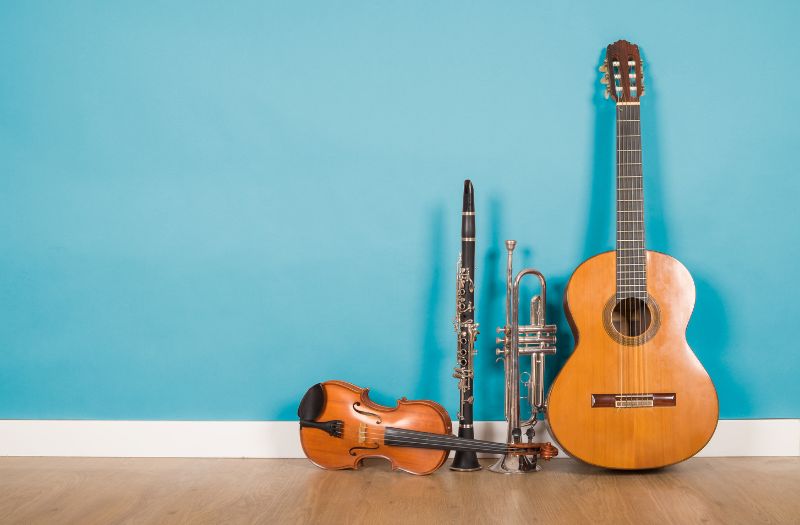A storage unit is often thought of as a place to keep extra furniture or seasonal items, but it can be so much more. With a little creativity, storage units can become functional, flexible spaces that solve a variety of needs beyond simple storage.
Here, we’ll explore ten innovative ways to make the most out of a storage unit. Whether you’re downsizing, starting a small business, or just looking for some extra room, these ideas may inspire you to look at storage units in a whole new light.
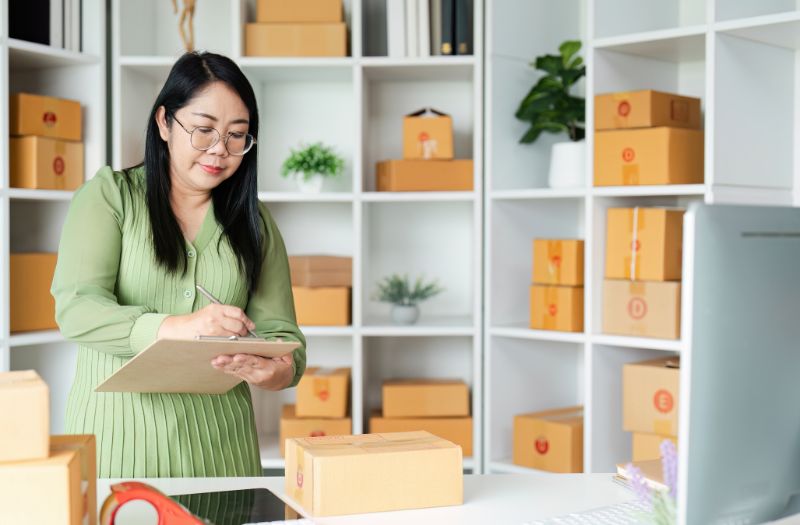
1. Small Business Inventory Storage
If you’re an entrepreneur or running a small business, you know how quickly inventory can take over your home. A storage unit is a cost-effective solution to keep products organized and out of your living space.
Many storage facilities even offer climate-controlled options, which are perfect for protecting sensitive items.
Tip: To keep things efficient, set up shelves and label each section. This way, when you need to retrieve items for shipping or restocking, everything is easy to locate and well-organized.
2. Seasonal Décor and Holiday Storage
Holiday decorations can take up a surprising amount of space in your home. A storage unit is a perfect solution for keeping these items safely stored when they’re not in use. You’ll have more space at home, and you can easily rotate decorations each season.
Pro Tip: Use clear plastic bins and label each one by holiday. Organizing by season will make it easy to find the decorations you need, without unpacking everything.
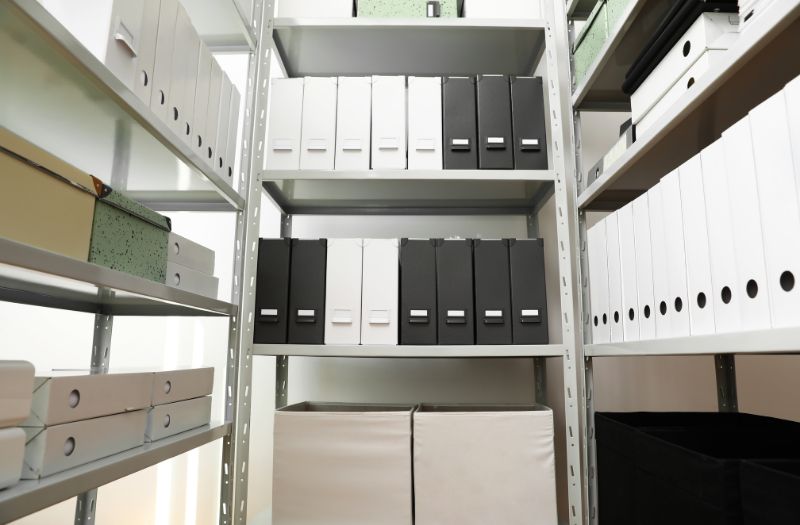
3. Document and Archive Storage
For professionals or anyone with essential paperwork, a storage unit can serve as an organized archive space. Documents, tax records, and personal files can be stored securely, freeing up valuable room in your home office.
Organizational Tip: Use waterproof boxes and file cabinets to keep everything in order. Label files clearly, and consider a climate-controlled unit to prevent humidity damage.
4. Hobby and Craft Workshop
If you’re passionate about crafts, DIY projects, or other hobbies that require space, consider using a storage unit as your personal workshop. With a dedicated space, you won’t have to worry about cleaning up every time you’re done, and you can keep all your supplies in one convenient location.
Setup Idea: Add a sturdy table, organize tools on shelves, and install pegboards to hang supplies. Some storage units allow lighting adjustments, so check with the facility for any limitations on electrical use.
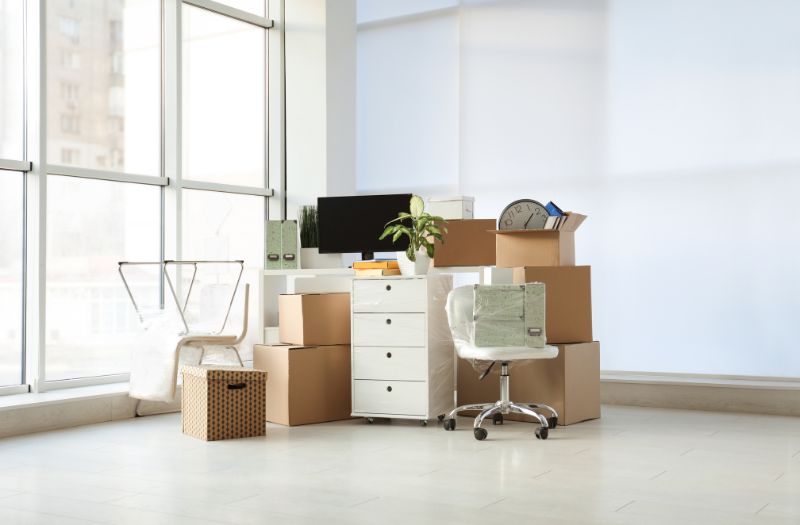
5. Home Office Extension
For those working remotely or running a small business from home, a storage unit can act as a mini office extension. Whether it’s for extra files, office furniture, or supplies, the storage unit helps you separate work from home life, keeping your main workspace organized.
Bonus Tip: Keep only essential items in the office and store bulkier or rarely used items in the storage unit. This can create a more focused, productive home office environment.
6. Furniture and Antique Storage
Antiques, heirlooms, and extra furniture can be challenging to store, especially if they’re delicate or valuable. A climate-controlled storage unit is ideal for protecting these items from temperature and humidity changes, preserving their quality and condition.
Preservation Tip: Wrap delicate furniture in moving blankets, and use furniture covers to protect against dust. Placing furniture on pallets can prevent any damage from floor moisture.
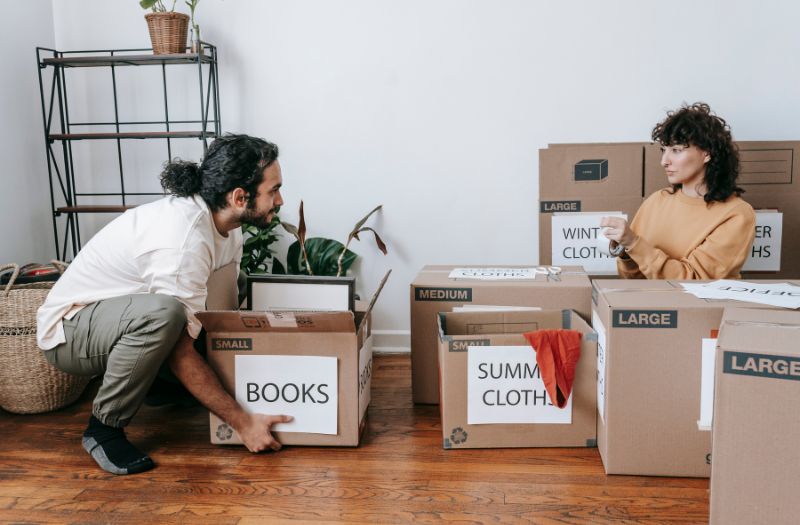
7. Moving Transition Space
Moving can be a logistical nightmare, and a storage unit provides a flexible transition space. Whether you’re downsizing, waiting on a new home to be ready, or dealing with overlapping leases, a storage unit can ease the process.
Moving Advice: Label boxes according to room and contents to simplify unpacking when it’s time to move. Stack boxes by priority and access frequency to make moving in or out more efficient.
8. Band or Music Practice Space
Bands and musicians often struggle to find an affordable, quiet space for practice. Some storage units allow for music practice, giving you a designated space to store instruments and rehearse without disturbing neighbors.
Soundproofing Tip: Look into portable soundproofing panels or foam pads, as these can help minimize noise. Check with the storage facility for guidelines on using your unit as a practice space, as some facilities may have restrictions.
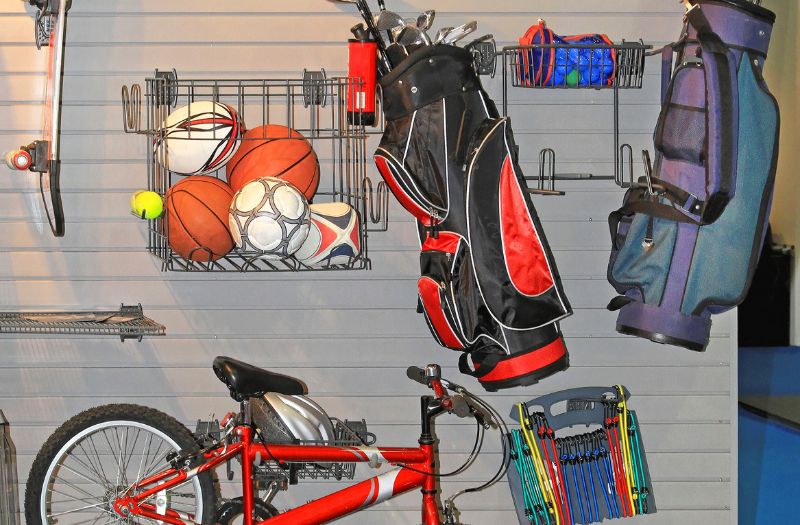
9. Sports Equipment Storage
Sports equipment, especially for outdoor activities, can be bulky and hard to store at home. A storage unit is a perfect solution to keep your gear organized and protected during the off-season. From snowboards to golf clubs, having dedicated space for equipment can free up room in your garage or closet.
Organizing Tip: Use racks or shelving units to separate equipment by sport or season. Label bins or hang items on hooks to make everything easy to find when you need it.
10. Personal Gym Space
Setting up a personal gym at home isn’t always practical, especially if you’re short on space. A storage unit can serve as a convenient workout space, with room for weights, yoga mats, or other fitness gear. Many storage facilities offer flexible hours, so you can fit in a workout whenever it suits your schedule.
Safety Reminder: Ensure that the storage facility allows gym setups, and be mindful of weight limits and ventilation. Choose a unit with proper flooring to avoid damaging equipment or the unit itself.
Conclusion
Storage units are far more versatile than many people realize. By thinking outside the box, you can transform a storage unit into a practical, cost-effective solution for a variety of needs—whether it’s for work, play, or just keeping life organized. With the right setup and a bit of organization, your storage unit can become an invaluable extension of your home or workspace.
So next time you find yourself in need of some extra room, consider a storage unit and see how it can creatively meet your needs.
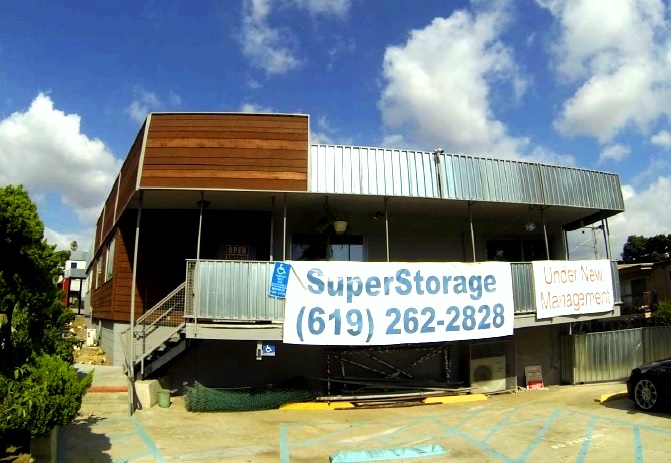
If you’re looking for a storage facility to store your belongings, SuperStorage San Diego has got you covered in this department. Here at SuperStorage San Diego, we offer a wide range of unit selections and top-notch security. To learn more about our self-storage facility, please check out our website at https://superstoragesandiego.com/.

